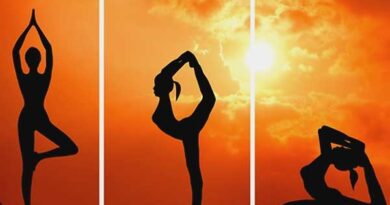Exercise – Benefits in Health & Disease
Physical exercise is essential for the maintenance of normal condition of life. Lack of natural exercise is one of the chief causes of weakness and ill-health.
Is exercise good in illness ?
In recent years, the need of exercise has been recognised even in sickness. Physio and occupational therapy are now standard procedures in medicine to restore the use of muscles and nerves that have been injured by disease or by accident. Patients with organic ailments are now advised to stay in bed for minimum period considered necessary.
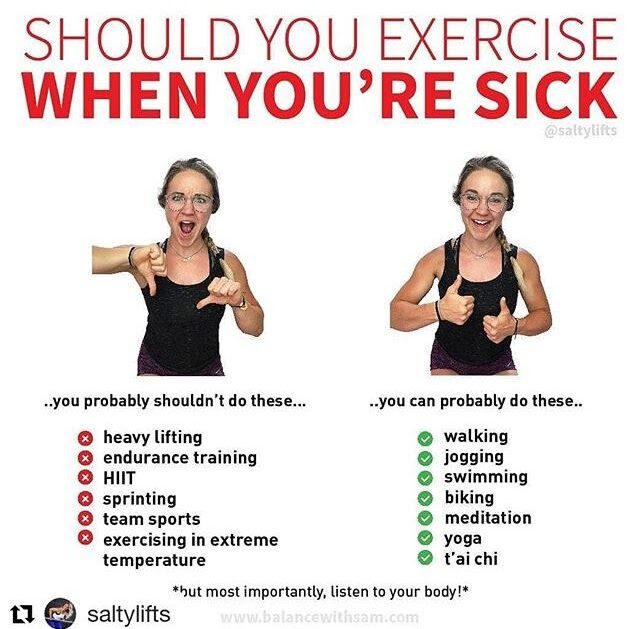
What is difference between Exercise and Activity ?
Both Exercise and Activity are important as they are involved in vital physical movement, they vary in degree and benefits. Both employ the body in voluntary movement. Activity uses the body to a limited degree and generally to achieve a specific purpose. Exercise employs the body over the widest possible range of movement for the particular purpose of maintaining or acquiring muscle tone and control with maximum joint flexibility.
Activity required less physical effort and often less conscious effort once the routine has been established. Exercise demands considerable physical effort and is more beneficial as mental concentration is simultaneously employed.
What are benefits of Exercise ?
- Regular exercise taken properly can achieve the increased use of food by the body, which contributes to health and fitness. The basal metabolic rate and habitual body temperature will slowly rise during several weeks of physical exercise. The healthy person usually has abundant body heat and a warm radiant glow.
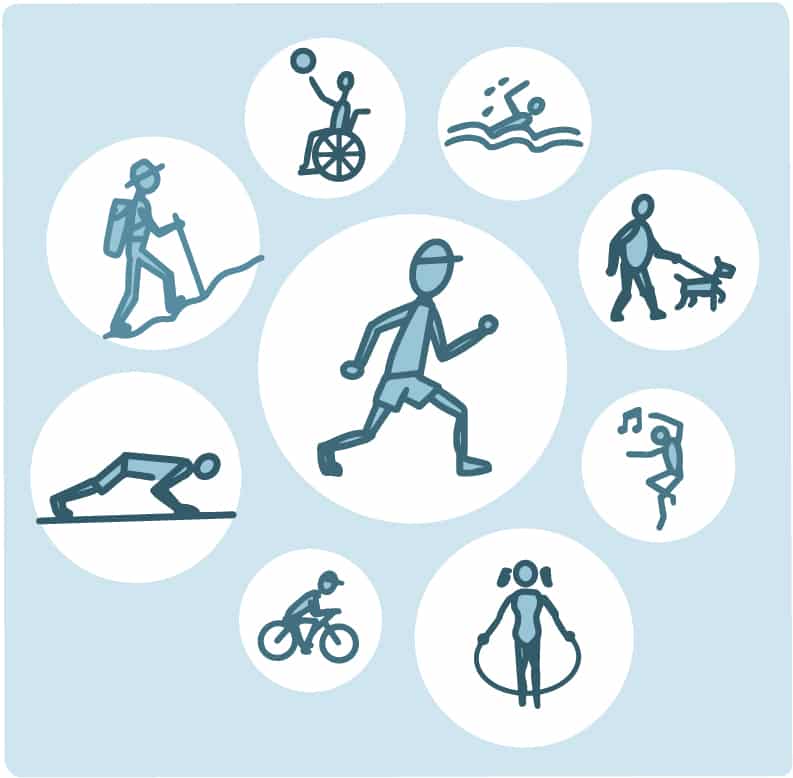
- Regular progressive physical exercise can bring about the balance of autonomic, or involuntary, nervous system. The tone of the vagus nerve, one of the nerves that control sensation and motion, is strengthened.
- Exercise permits greater blood flow and gives the muscles, including the heart, more resistance to fatigue. Massage, heat and moderate exercise are relatively ineffective in producing additional capillary action as compared with vigorous exercise.
- The full use of the lungs in vigorous exercise can reduce or prevent lung congestion due to lymph accumulation.
- Exercise can prevent or reduce gravitational ptosis or sag, as it is commonly called. Ptosis results from uneven flow of blood in the feet, legs and lower abdomen.
- Gas and intra-intestinal accumulations can be reduced by exercise that acts to knead and squeeze or vibrate the intra intestinal mass.
- Better respiratory reserve is developed by persistent exercise. This ensures better breath holding, especially after a standard exercise. With greater respiratory reserves, exercise becomes easier.
- Improvement in tone and function of veins can be accomplished by repetitiously squeezing and draining the blood out of them and then allowing them to fill.
- Sweating in exercise aids kidneys by helping to eliminate the waste matter from the body.
- Persistent exercise leads to improvement in the quality of blood. Studies have shown improved haemoglobin levels, relatively greater alkalinity, improved total protein content and a greater red cell count.
Exercise and Heart Attack
Various studies have shown a strong connection between a hard and a healthy heart with regular exercise. The study showed that the less active persons ran a three times higher risk of suffering a fatal heart attack than did those who worked the hardest. Review of fatal heart attacks revealed that the less active men were also three times more likely to die unexpectedly and rapidly within an hour after the attack.
Exercise and Hypertension
It has been concluded by various studies that the physically fit persons are less likely to develop hypertension.
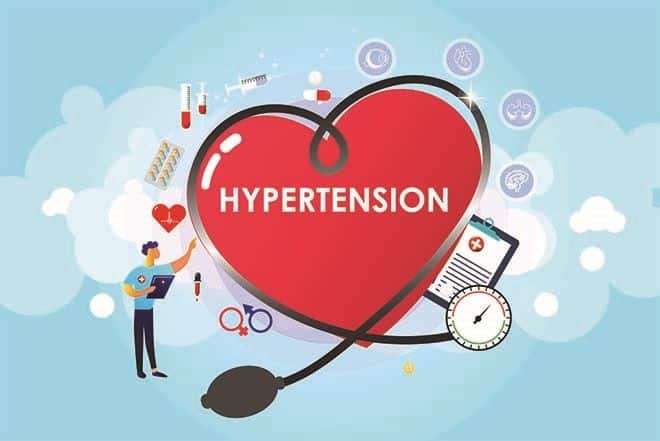
Exercise and Obesity
Exercise increases calorie output. The body fat can be reduced by regular exercise. It is therefore, useful for weight reduction in conjunction with restricted food intake. One study revealed that very active people eat about 600 more calories daily than their sedentary counterparts but weigh about 20% less. Upto 15 hours after vigorous exercise, the body continues to burn calories at a higher rate than it would have without exercise. Moderate physical exercise has been found to be accompanied by less obesity and lower cholesterol levels.
Exercise and Stress
Regular exercise plays an important role in the fight against stress. It provides recreation and mental relaxation besides keeping the body physically and mentally fit. It is nature’s best tranquiliser.
Exercise and Fatigue
Chronic fatigue caused by poor circulation can be remedied by undertaking some exercise on a daily basis. It helps relieve tension and induces sleep. Moderate physical exercise at the end of a trying day can bring a degree of freshness and renewed energy.
Exercise and Depression
Exercise also plays an important role in the treatment of depression. It changes the levels of hormones in blood and may elevate your beta-endorphins (mood-affecting brain chemicals). Exercise also gives a feeling of accomplishment and thereby reduces the sense of helplessness.
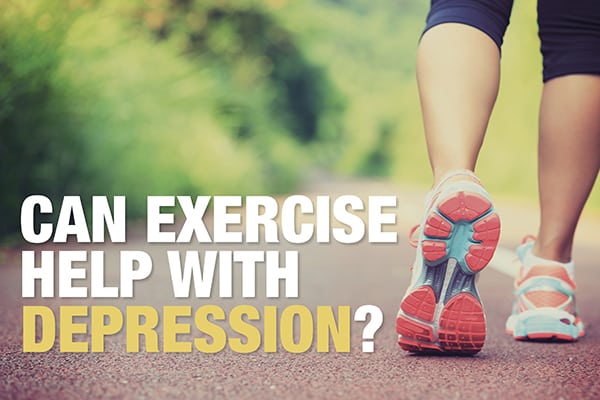
How much exercise is Effective ?
The most important rule about the fitness plan is to start with very light exercise and to increase the effort in gradual and easy stages. To be really useful, exercise should be taken in such a manner as to bring into action all the muscles of the body in a natural way. The sense of well-being will begin almost immediately.
One can start off with a brisk walk for 15-20 mins. Other forms of good exercise are swimming, cycling, horse-riding, tennis, etc. A comfortable sense of tiredness should be the aim. It is valueless and possibly harmful to become exhausted or seriously short of breath. Perhaps one should aim at activities which need about two-thirds of one’s maximum ability. One way to assess is to count your own pulse rate.
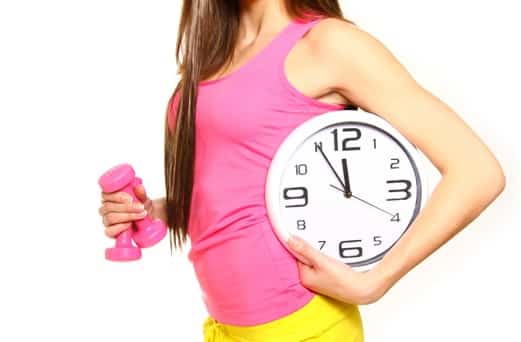
Counting pulse during exercise
Counting of pulse is quite easy. Feel the pulse on your left wrist with the middle three fingers of your right hand. Press just firmly enough to feel the beat easily. Now count the number of beats in 15 seconds, with the help of a watch with clear second hand, and calculate your rate by multiplying by four. At rest, heart beats 70 to 80 times a minute. The rate increases during exercise. Really vigorous exercise can produce rates as high as 200 beats per minute or more. A reasonable aim is to exercise at about two-thirds of maximum capacity. It follows that heart rate should be about 130 per minutes during and just after exercise. Always avoid over-exertion and never allow your pulse go above 190 per minute minus your age.
Things to remember about exercise
Vigorous exercise of any kind should not be taken for an hour and a half after eating, not immediately before meals. Weak patients and those suffering from serious diseases like cancer, heart trouble, tuberculosis and asthma should not undertake vigorous exercise except under the supervision of a competent physician. If exercising makes you tired, stop immediately. The purpose of exercise should be to make you feel refreshed and relaxed and not tired.



